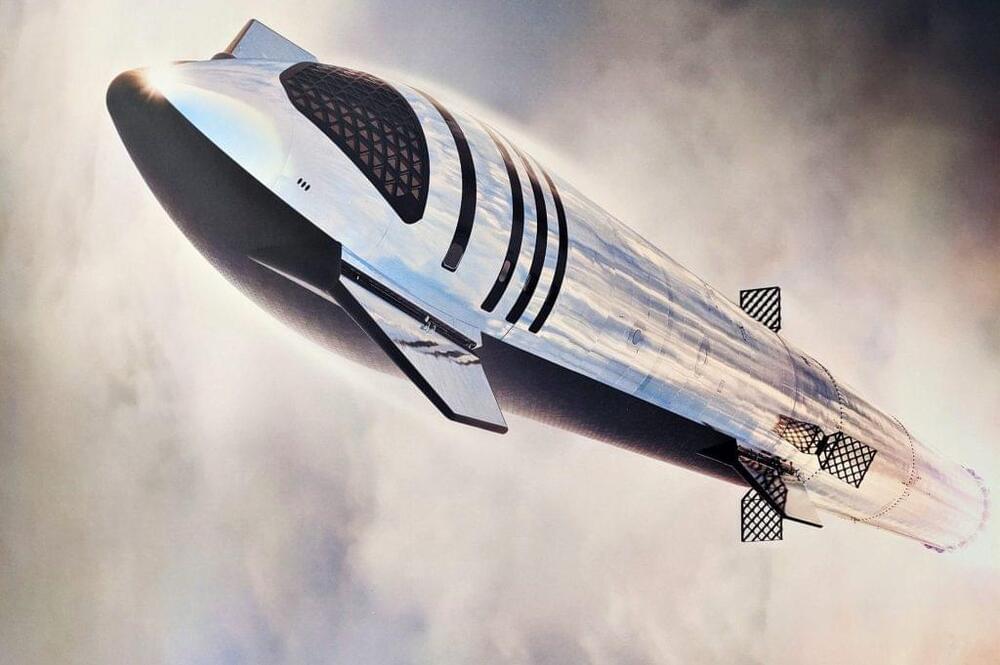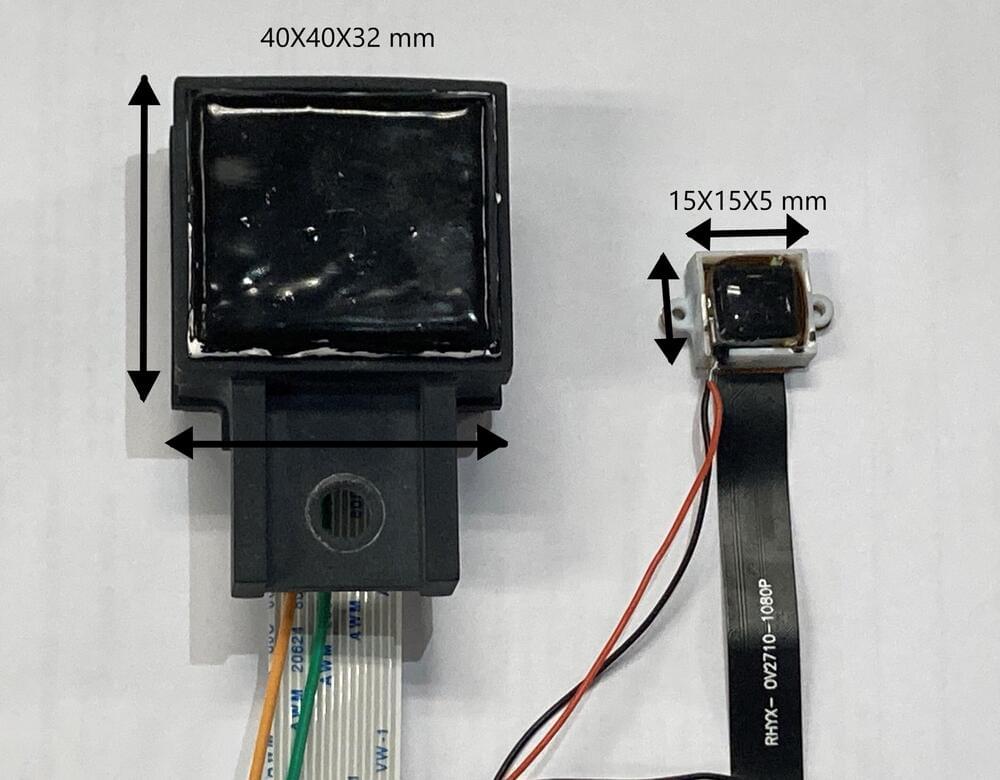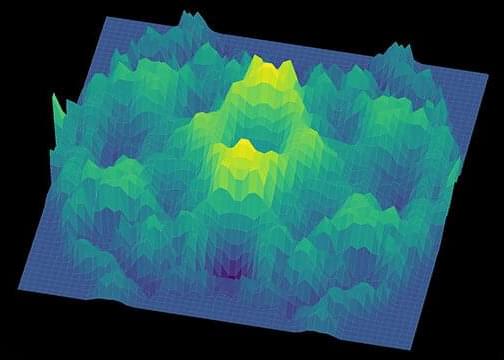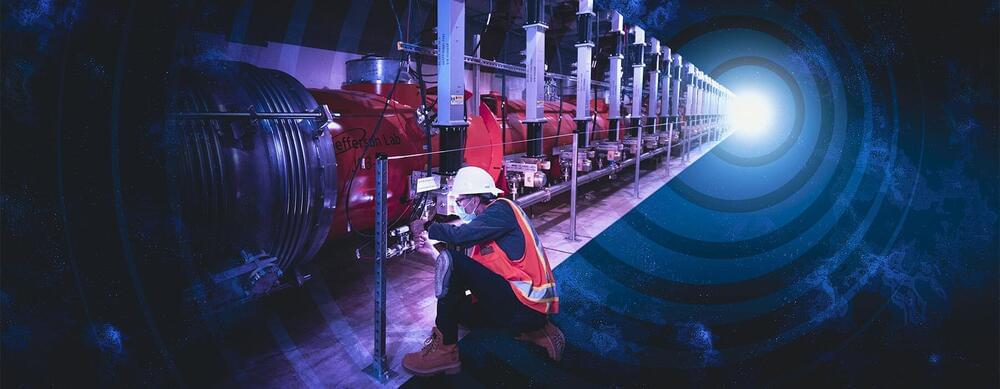SpaceX COO and President Gwynne Shotwell says that the company now expects Starbase to be ready for Starship’s first orbital launch attempt as early as June or July, pushing the schedule back another month or two.
To accomplish that feat, SpaceX will need to more or less ace a wide range of challenging and unproven tests and pass a series of exhaustive bureaucratic reviews, significantly increasing the odds that Starship’s orbital launch debut is actually closer to 3–6 months away. While SpaceX could technically pull off a miracle or even attempt to launch hardware that has only been partially tested, even the most optimistic of hypothetical scenarios are still contingent upon things largely outside of the company’s control.
Both revolve around the Federal Aviation Administration (FAA), which – in SpaceX’s case – is responsible for completing a ‘programmatic environmental assessment’ (PEA) of orbital Starship launches out of Boca Chica, Texas and issuing a launch license for the largest and most powerful rocket ever built. In some ways, both tasks are unprecedented, but the bureaucratic processes involved are still largely the same as those SpaceX has successfully navigated over the last two decades.









